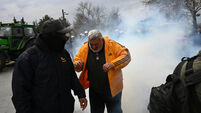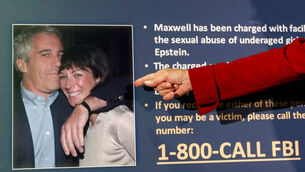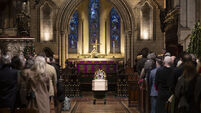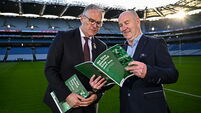Air crash family seeks closure as second black box discovered
Speaking to the Irish Examiner after the miraculous recovery of the equipment deep in the Atlantic, Aisling Butler’s father John said the find “will help to bring closure” over what happened.
The exact cause of the tragedy — which led to the deaths of 228 people, including Irish doctors Aisling Butler, Jane Deasy and Eithne Walls — could become clear as soon as next week.














